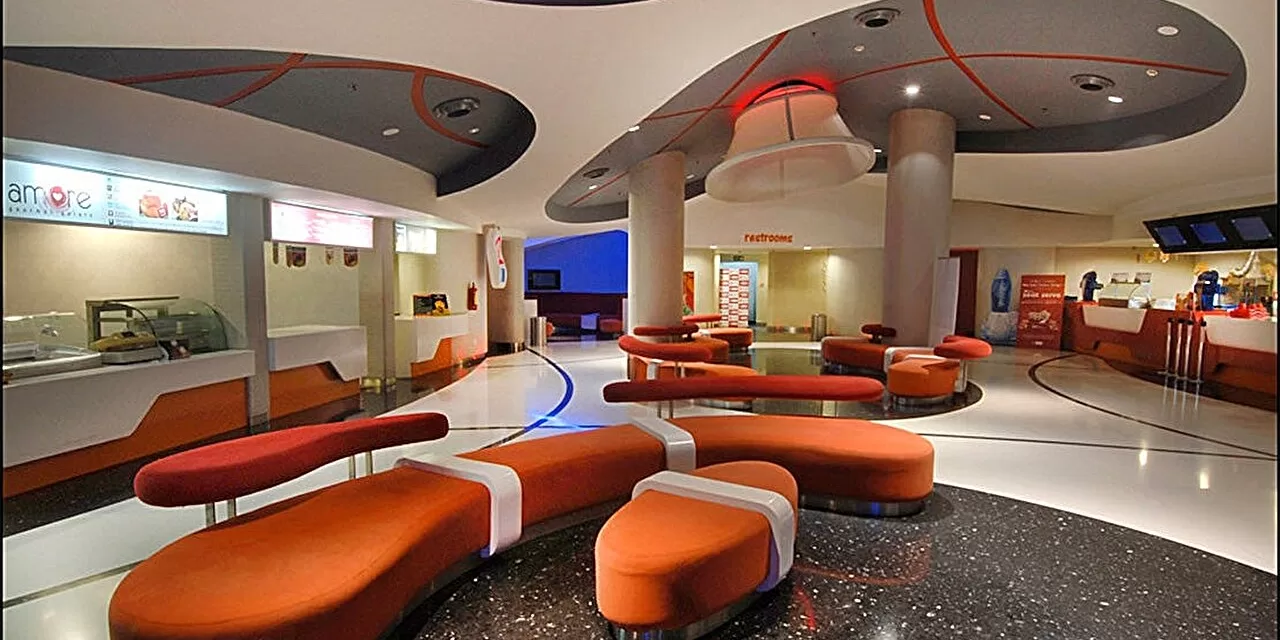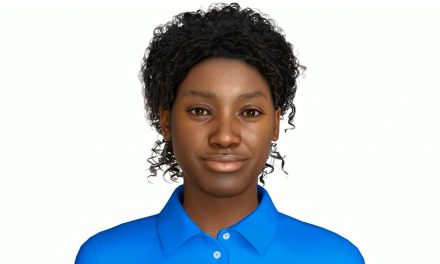For over a century, psychologists have observed that most people tend to prefer curves over straight lines—whether it be in artwork, interior design, or even in the human face. This universal preference spans cultures, is evident in infants, and even appears in great apes. Despite its widespread occurrence, the question remains: What about our perception of curvature makes us gravitate towards it?
Recent research by Oshin Vartanian, an associate professor at the University of Toronto’s Department of Psychology, alongside a team of international collaborators, is offering new insights into this phenomenon. Using brain imaging and computational models, the team sought to understand the neural mechanisms behind our preference for curviness, particularly in interior spaces.
In their study, published in Scientific Reports, participants were presented with images of curvy and angular interior spaces and were asked to judge each scene as either “beautiful” or “not beautiful.” They were also asked whether they would choose to “enter” or “exit” the space. The results revealed intriguing findings about how our brains respond to these shapes.
While some regions of the brain became active when participants judged spaces as beautiful and curvy, these areas were not activated when participants were asked whether they would enter or exit the space. This suggests that the brain’s response to curvature varies depending on the context in which it is perceived.
The fusiform gyrus—a brain region known for its involvement in object recognition and facial perception—showed heightened sensitivity to curvy scenes when participants rated their beauty. This discovery implies that our brain’s ability to recognize and distinguish faces might be linked to our sensitivity to the curvature of other objects, such as architectural spaces.
Interestingly, computational measures of curvature did not always align with participants’ perceptions of curviness, particularly when judging the aesthetic appeal of spaces. However, the primary visual cortex demonstrated a consistent response to curvature, regardless of the context.
Vartanian suggests that when viewing an image, people may form a three-dimensional mental representation of the space, something that two-dimensional measurements cannot fully capture. This, he believes, could explain why our perceptions of curviness may differ from mathematical models.
Dirk Bernhardt-Walther, a U of T associate professor, emphasized that artists and designers have long utilized curvy lines to evoke comfort and aesthetic pleasure, often intuitively understanding what science is now confirming. He notes that this research could guide future design decisions, helping creators incorporate curviness or angularity to generate the desired emotional response in viewers.
Delaram Farzanfar, a Ph.D. student involved in the research, highlighted the broader applications of these findings. She believes that understanding how spaces influence our mood and cognition could lead to the creation of better environments that promote mental and physical well-being. This knowledge is not only valuable to neuroscientists and psychologists but also to artists, architects, city planners, and designers aiming to enhance the experience of modern life.
As this research continues to unfold, it offers a scientific foundation for what has long been an intuitive understanding in the creative world, demonstrating how the curvature of our surroundings can have a significant impact on our emotional and cognitive states.
Reference: Oshin Vartanian et al, “Neural dissociation between computational and perceived measures of curvature,” Scientific Reports, 2024. DOI: 10.1038/s41598-024-76931-8











